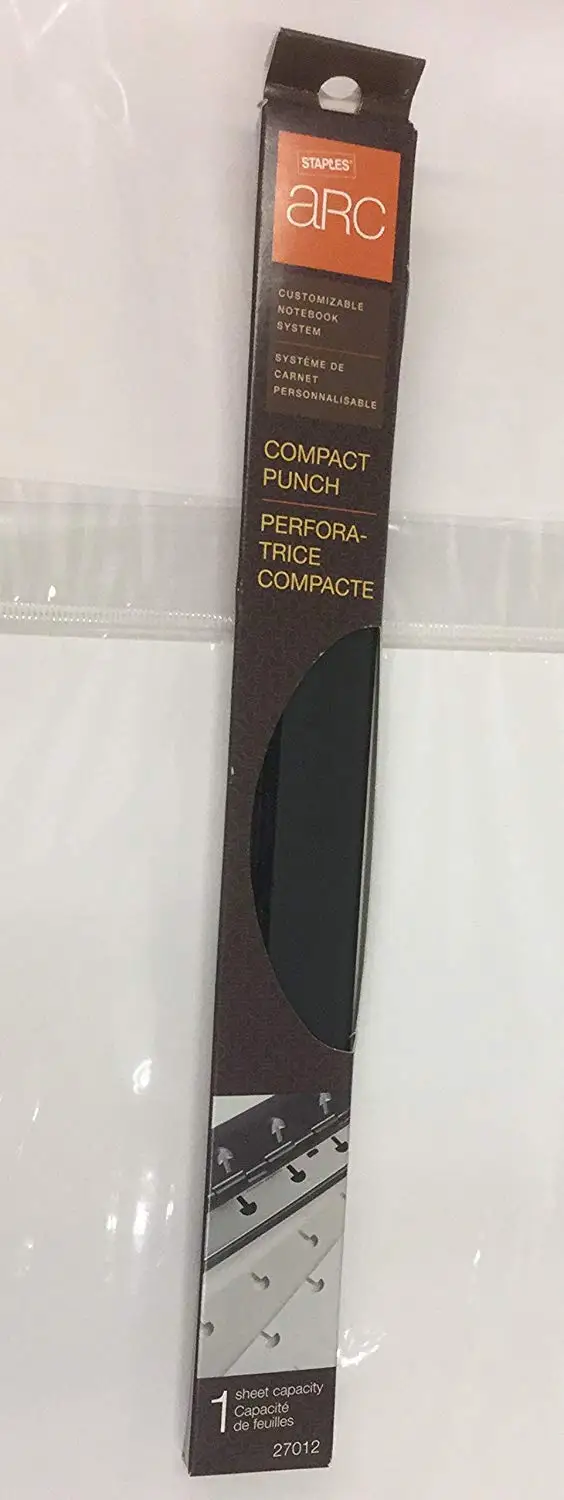Slot Punch Staples
Here is a handy checklist of some basic and not so basic tools you will need to install your vinyl siding. Most local building supply or big box home improvement stores will stock these items, however if you are having trouble locating a tool, you can contact your closest Mitten Branch for assistance.
Tools Checklist
Business Source Handheld 4mm Slot Punch, 5/32' Punch Size (BSN39282) Business Source Handheld 6mm Diameter Slot Punch, 6 Sheet (BSN39283) Sparco Staple Remover, Designed to remove No. Each (SPR41883) Bostitch 03200 XTreme Duty Replacement Punch Heads and Disc Set (BOS03203) Bostitch Ascend Stapler, 20-Sheet Capacity, Red (BOSB210RRED). TruLam 3-in-1 Slot Punch. T50 staples are the world?s best-selling heavy duty staple platform. Made to deliver exceptional holding power. Slot Punches Hand Held, Stapler Style and Table Top available with adjustable guides, slot receptacles and extra long handles.
Browse badge+hole+puncher on sale, by desired features, or by customer ratings. Product Title Swingline SmartTouch 3-Hole Punch, Low Force, Metal, 20 Sheets (A7074075) Average Rating: ( 5.0 ) out of 5 stars 2 ratings, based on 2 reviews Current Price $23.73 $ 23.
Hammer: Just your average run-of-the-mill framing or claw hammer will do fine.
Square: You want to make sure your angles are true!
Chalk Line: It’s the best way to mark a straight line without causing any permanent markings.
Level: When installing vinyl siding, it is extremely important to perform constant level checks. A small instance of unevenness at one point can lead to major issues later in the job.
Tape measure: Measure twice, cut once!
Fine-Tooth Hand Saw: When cutting vinyl siding, the saw blade must have fine teeth to reduce the chance of tearing or splintering the siding.
Power Saw: A bench or radial-arm saw can speed the cutting necessary to complete your project. A fine tooth blade (12 to 16 teeth per inch) should be used with the blade installed in the reverse direction. With a circular saw, install the fine-toothed (plywood) blade backwards on the saw for a smoother, cleaner cut, especially in cold weather. Always remember to cut slowly.
- CAUTION! Use of a backwards blade on any other materials could be unsafe. Always remember to reset the blade to the forward position after you have completed the siding install project.
Utility Knife or Scoring Tool: Vinyl siding is easy to cut and a utility knife or scoring tool can be used to trim and score the material. Always remember to score the vinyl face up, apply medium pressure and carefully snap it in half. It is not necessary to cut all the way through the vinyl if you are able to properly score it.
Electric Drill & 5/16 Drill Bit: If using J channel as a starter strip, you need to drill 5/16 holes every 24 inches to allow for proper water drainage.
Tin Snips: Good quality tin snips or compound aviation-type snips will speed the cutting and shaping of the vinyl. With tin snips, avoid closing the blades completely at the end of a stroke for a neater, cleaner cut.
Snap Lock Punch: A snap lock punch is used to punch lugs or holes in the cut edges of siding to be used for the finishing course at the top of a wall, or underneath a window.
Nail Hole Slot Punch: Occasionally, it may be necessary to elongate a nail hem slot. The hole is elongated to allow for expansion and contraction.


Unlocking Tool: The unlocking tool allows for the removal or replacement a siding panel without the risk of damaging the material. By inserting the curved end of the tool under the end of the panel and hooking onto the back lip of the butt lock. The piece of siding will become free of thelockby pulling down and sliding the tool along the length of the panel. To relock a panel, follow the same procedure.
Fastener Choices: The importance of choosing the right fasteners in installing vinyl is just as important as the tools you use. Use aluminum, galvanized steel, or other corrosion-resistant nails, staples or screws when installing vinyl siding. It is important that all fasteners be able to penetrate no less than 3/4” into framing or furring and always nail in the center of the slot to allow for slight movement during the natural expansion and contraction of the panel.
- WARNING: Do not nail at the end of a slot! Doing so will cause the siding panel to be permanently damaged. If you must nail near the end of a slot to hit a stud, etc., extend the length of the slot with a nail slot punch tool.
Staples: If staples are being used instead of nails or screws, they must: be no less than 16 gauge semi-fattened to an elliptical cross-section; penetrate no less than 3/4” into framing or furring; be wide enough in the crown to allow free movement of the siding (1/32” away from the nailing hem).
Safety Glasses: The proper protective equipment is always recommended when working on any exterior building project, especially when cutting and nailing materials. The CSA recommends polycarbonate lensing and looking for their logo on all approved safety glasses.
Here is a handy Checklist of Tools you will need that you can easily print and bring to the hardware store with you to make shopping easier.
Slot Punch Staples Store
Slot Punch Staples Coupons
While this list highlights the most common tools needed to help you complete a vinyl siding install project, not every job is the exact same. For more information on installing vinyl siding download Mitten’s free Vinyl Siding Install Guide.